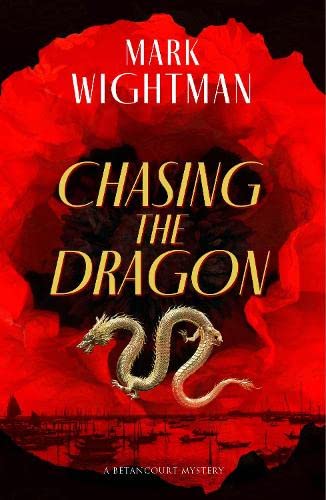Chasing the Dragon (Betancourt Mysteries, 2)
Singapore, 1940. A dead body is found awash in the sea, wrapped in a net. Just another dead “Oriental” would not have mattered, but this body is a white man’s. The official line is clear – it was an accident. But Detective Inspector Betancourt does not kowtow to hierarchy. Things are murky. The dead man, it seems, has consumed spurious opium. Now, this is suspicious, because “government (opium) is the highest quality”. What was a white man doing with sub-standard opium?
There is an interesting conversation about a doctor whose de-addiction clinic is in trouble:
“Why didn’t he get the police involved?”.
“I don’t suppose he saw any point. The government wasn’t in favour of the clinic. The idea that opium addiction was an illness that could be treated didn’t fit with their view of it being an intrinsic weakness in the Oriental character, not to mention it being bad for opium sales. Apparently, they were delighted when it was closed down.”
The backdrop of a licensed opium trade is just one of the many things that makes Chasing the Dragon an atmospheric police procedural. Wightman captures the flavours and foods of Singapore (including durians, roti prata, and Hokkien mee), class dynamics (as a Eurasian, Betancourt remains on the fringes of high society), and details of place. This Singaporean reviewer learned a thing or two about the Singapore of 1940 from Betancourt.
As DI Betancourt negotiates the many twists in the tale – including a rather explosive episode, a high-stakes archaeological dispute, illicit love, and an unexpected knockout – he remains true to his simplistic view of his job: “One thing leads to another. It’s my job to follow the trail”.
The narrative does lose a thread or two, but on the whole, this is a cracking good whodunnit with historical and social commentary.










